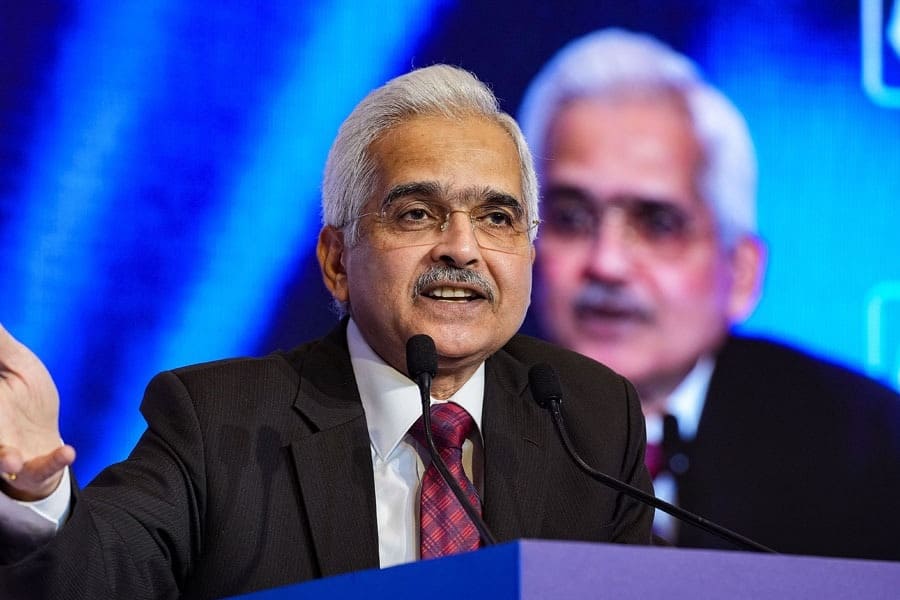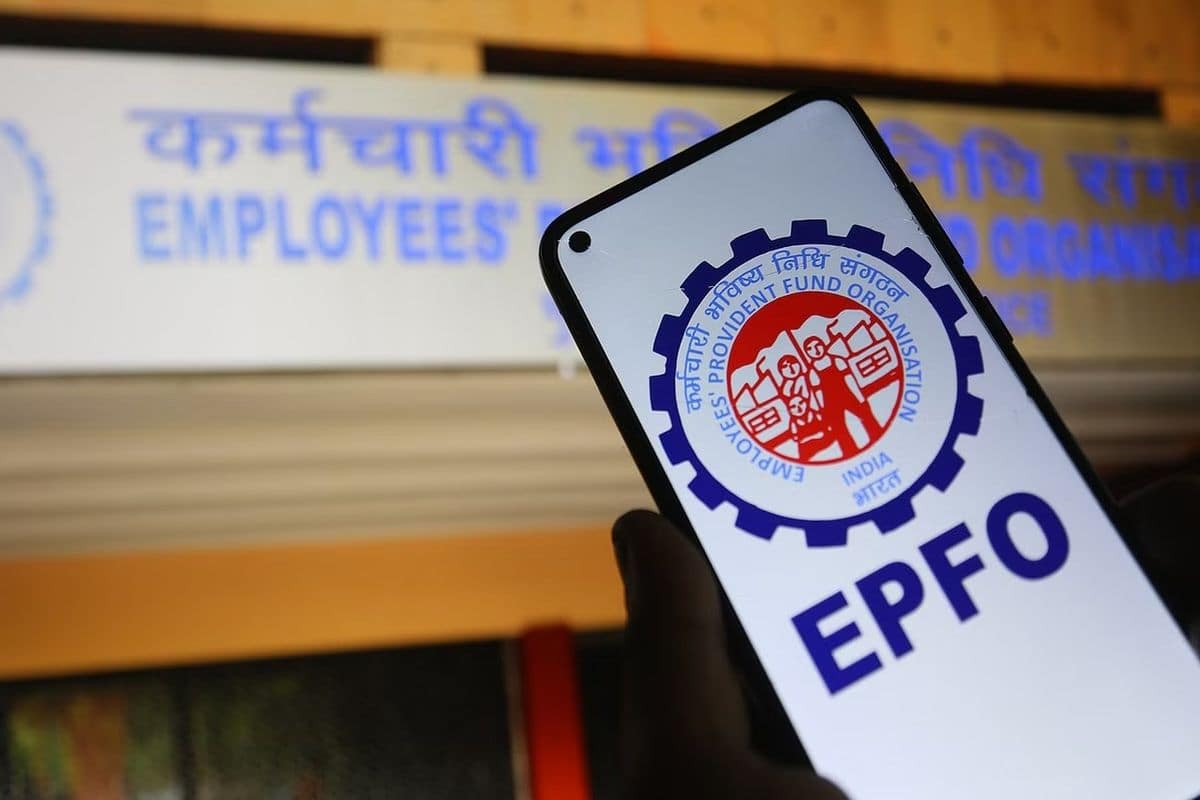Recent Changes in Interest Rates and Its Impact on RBI
The Federal Reserve, the central bank of the United States, took a significant step on September 18 by reducing interest rates by 50 basis points. This adjustment has brought the federal funds rate down to a range of 4.75-5.0 percent—the first rate cut since 2020. With indications of a potential further reduction of 50 basis points by December and another possible 100 basis points next year, the question arises: will the Reserve Bank of India (RBI) follow suit?
Status of RBI’s Monetary Policy
In its latest Monetary Policy Committee (MPC) meeting held from August 6-8, the RBI decided to maintain the repo rate at 6.5 percent. This decision was made with an eye on the ongoing inflation dynamics. The RBI has set a target inflation rate of 4 percent, with July’s retail inflation recorded at 3.5 percent, slightly rising to 3.7 percent in August due to higher food prices. Uneven monsoon rains initially worsened food inflation, but subsequent rains alleviated some pressure.
Upcoming Monetary Policy Decision
Looking ahead, the RBI’s next monetary policy meeting is scheduled for October 7-9. Analysts anticipate that food inflation may escalate to around 4.4 percent in the second quarter, which could impact the RBI’s decisions. Political tensions, particularly in the Middle East, may also drive up oil prices, adding further uncertainty to inflation rates. Furthermore, changes in the U.S. political landscape, especially with the prospect of a Donald Trump victory, could yield protectionist policies that may influence global prices.
Economic Indicators and Trends
Recent data indicates a decline in India’s GDP growth, which fell to 6.7 percent in the first quarter of FY25, the lowest growth rate seen in the last five quarters. This figure marks a drop from the 7.8 percent growth reported in the last quarter of FY24 and is 40 basis points below the RBI’s previous estimate of 7.4 percent. Such economic performance raises questions about the RBI’s strategy moving forward.
Focus on Retail Inflation
Despite the recent dip in GDP growth, the RBI’s primary focus remains on managing retail inflation to meet its target of 4 percent. With inflationary pressures still looming, expectations of an interest rate cut in the upcoming October policy seem slim. However, some experts speculate that the RBI might opt for gradual reductions, potentially implementing 50 basis point cuts in two separate instances, depending on how economic conditions evolve in the coming months.
Conclusion
In summary, while the U.S. Federal Reserve’s rate cuts may put pressure on the RBI to follow suit, numerous domestic factors, including inflation rates and economic growth, will play critical roles in the RBI’s decision-making. Monitoring these indicators will be essential for understanding the future trajectory of interest rates in India.












